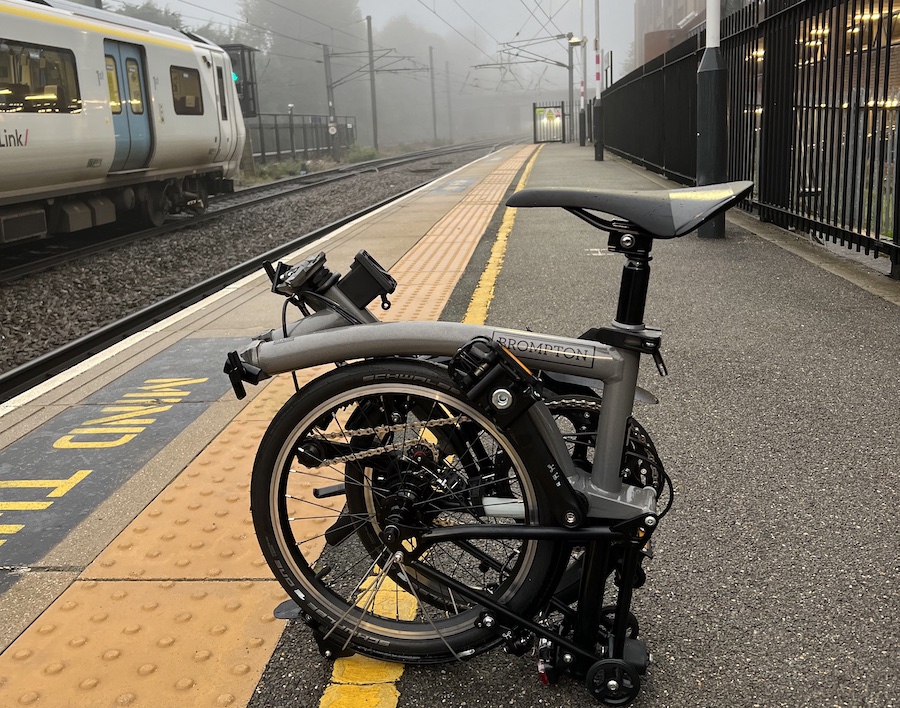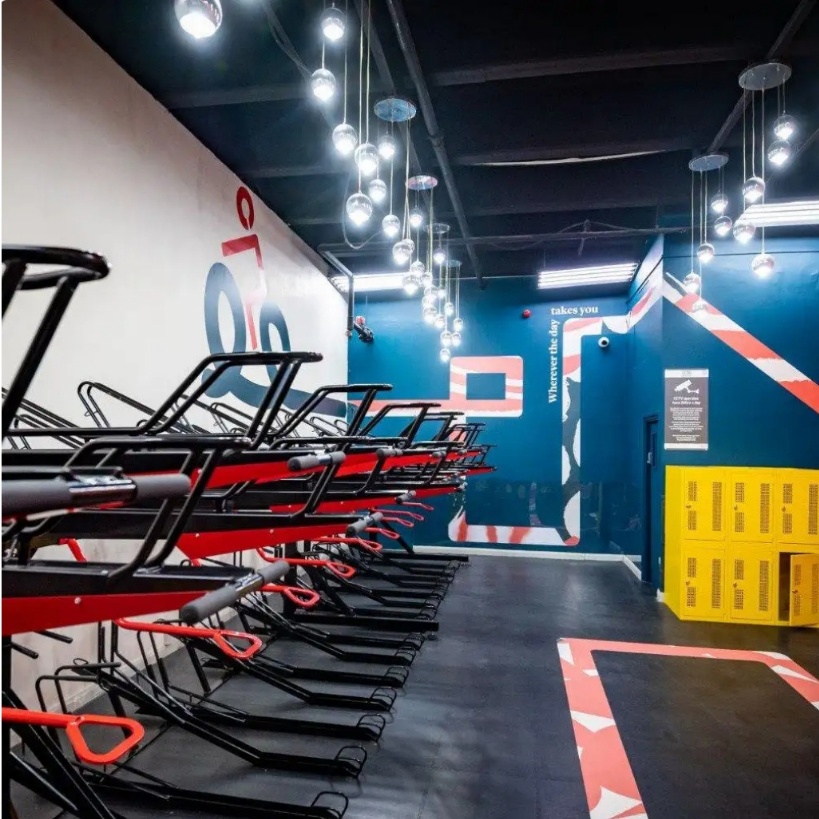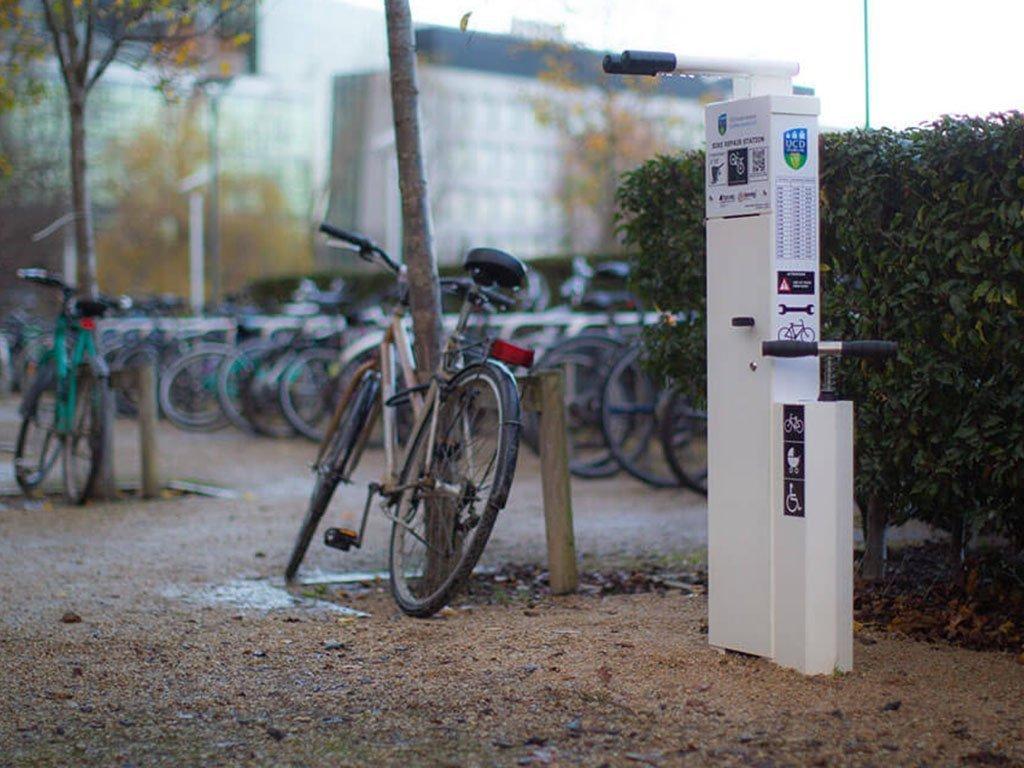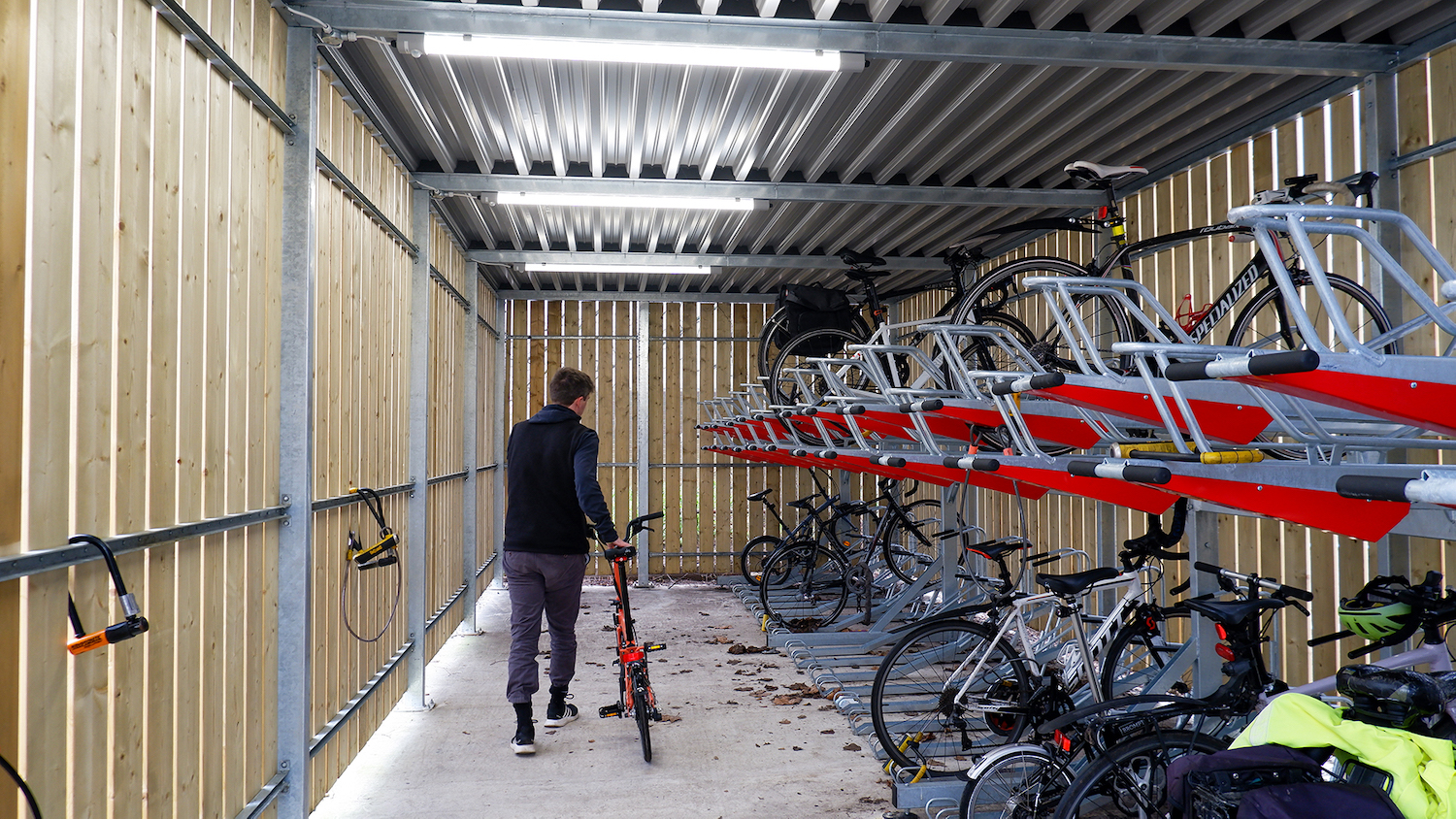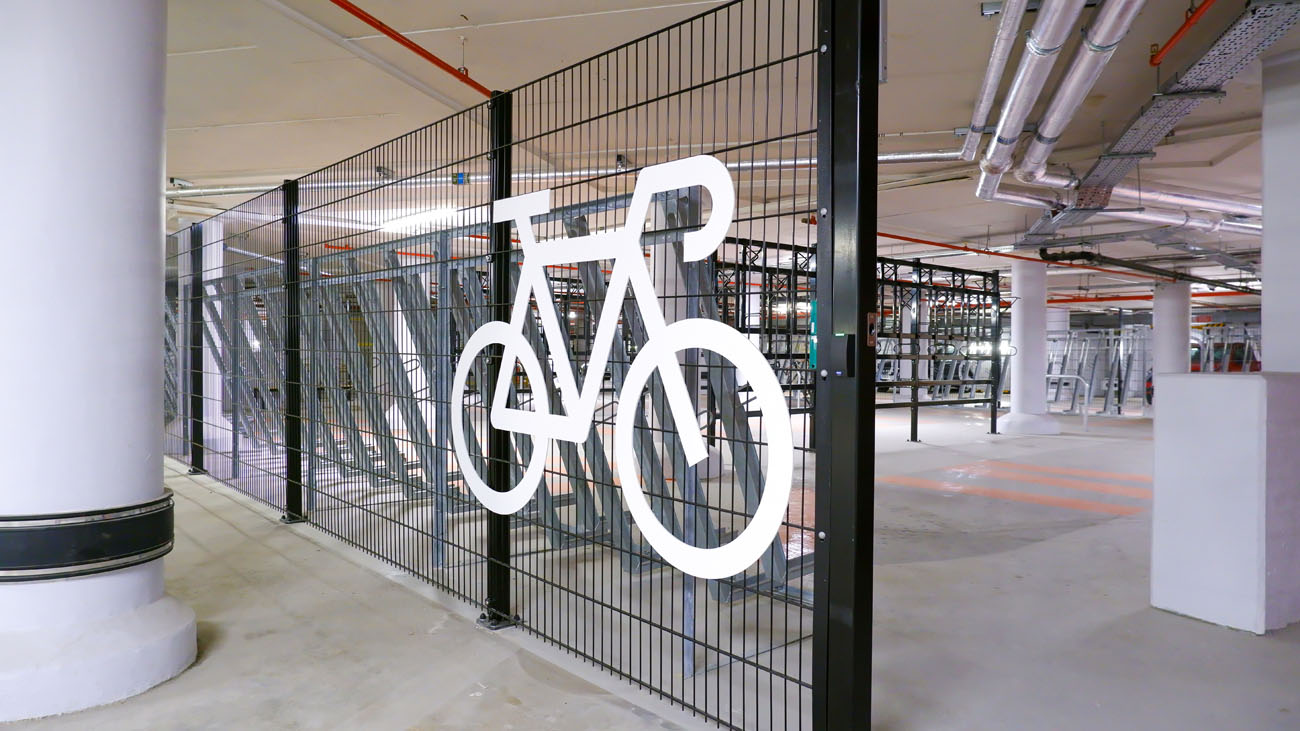Folding bikes come in many guises, but here in the UK – and increasingly worldwide – the Brompton is the quintessential folding bicycle.
Why? Put simply, no other bike folds up as compactly or rides as smoothly, with its design representing the original ‘folding bike’ silhouette.
This is reflected in sales which have been growing year on year, and during the pandemic underwent an unprecedented boom.
And while other leisure bike sales begin to reverse post-Covid, Brompton expects continued growth owing to cities around the world turning to active travel to solve air pollution and climate crises.
Doubling their employees from 400 to 800 over the last five years, plus investment in AI machinery at their Greenford factory, means Brompton now produces 100,000 bikes per year.
With planning permission in for a new HQ in Ashford, Kent on floating stilts, the company hopes to raise this to 200,000 units per year, and grow its staff to 1,500.
The compact benefits of Brompton folding bikes
There is, of course, a reason behind the growing demand for Brompton style bikes in the UK. And that has mainly to do with both public transport, commuting habits, and cycle storage.
Take for example the Netherlands, where a typical intercity journey would involve cycling to a train station on a Dutch-style bike, parking your bike in a vast multi-storey cycle park, boarding the train, and then likely renting a government backed hire bike on the other side.
Contrast that to the UK, where instead you are more likely to carry bicycles onboard trains – both because of the lack of secure cycle parking, the still developing cycle lane infrastructure, and the more sparsely available rental bike schemes.
It is on trains and buses where having a folding bike really makes all the difference. You no longer have to reserve a crowded bicycle space, rather, you can neatly fit the bike into the luggage racks.
This benefit extends to home storage, where in the UK there is a real shortage of places to store a regular sized bike. By comparison, Bromptons can be tucked away with shoe racks, and more conveniently carried within lifts and through terrace houses.
They work best in urban areas where the regular sized bicycles are too cumbersome to store, and public transport trips are frequent. With more and more cities turning to active travel to address the climate crisis then, it seems to make for a perfect match.
